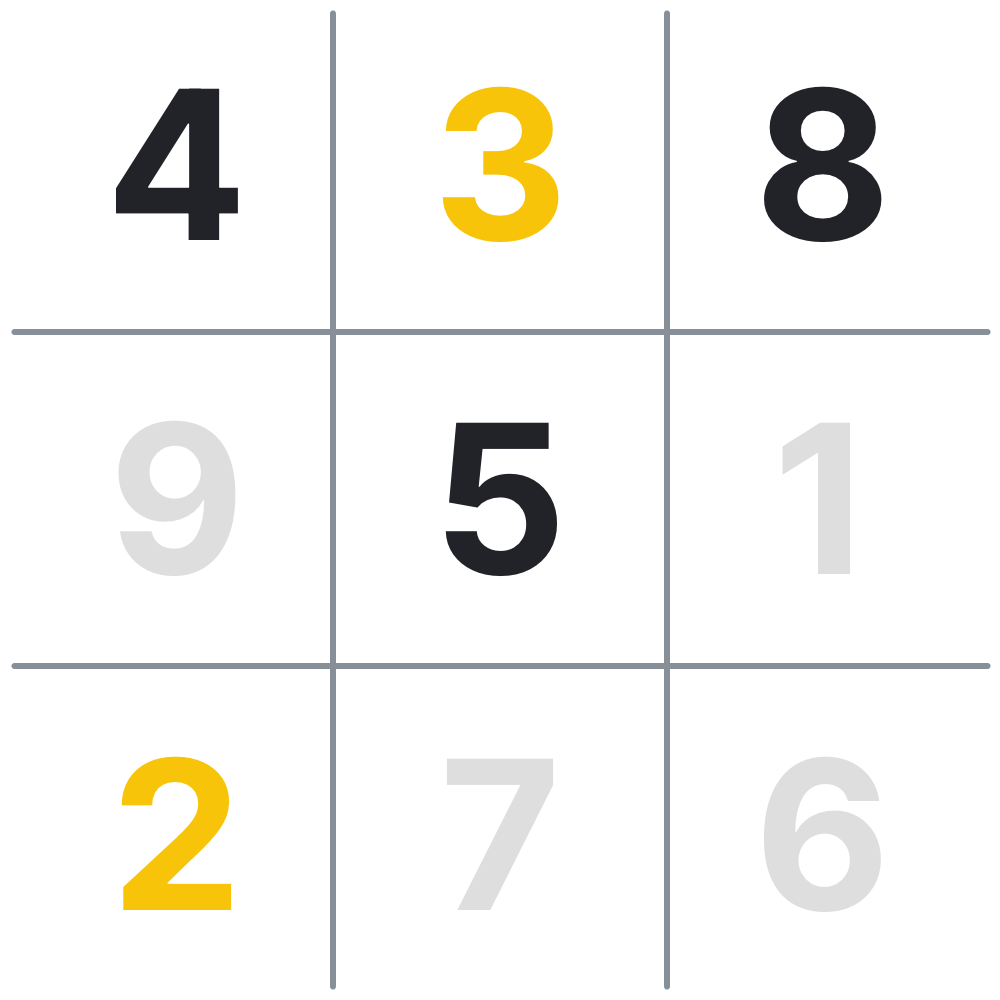Personal computing is one of the most important things humanity has ever built.
Personal computers — in all forms: desktops, smartphones, tablets, and so forth — are capable of helping you:
- Connect with resources to learn virtually anything already known;
- Connect and collaborate with others, across the globe;
- Create new things and share creations with others;
- Visualize, reconsider, and reconfigure your thinking, information, and processes;
- Develop and explore your own thinking.
That last one is an incredible thought: plenty of things let you explore someone else’s thinking, but personal computers can help you explore your own thinking, giving you living spaces to externalize, review, expand, and refine your thoughts on the things that matter most to you.
We’re talking about fundamental pursuits: self-reflection and self-expression, discovery, exploration of curiosity, creation, contribution, connection… this is basic stuff, but it’s some of the biggest basic stuff, and we’ve invented a thing that lets us do all of these things in ways never before possible. That’s amazing.
Getting personal computing right is one of the most important things in our field. To borrow an example from Things That Make Us Smart by Donald Norman, consider this problem:
Imagine a game where the nine digits 1, 2, 3, 4, 5, 6, 7, 8, 9 are playing pieces that can each be taken once. Two players take turns selecting one digit, and the first player to have any three digits that add up to 15 is the winner.
Now imagine that you are playing this game, as narrated by Norman: Player A takes 8. Player B takes 2. Then A takes 4, and B takes 3. A takes 5.
What should player B take next?
Working out this problem is not immediately straightforward. It may even require you to model the situation on paper. The way it’s represented in the text above makes figuring out the solution difficult.
Next, imagine a game of tic-tac-toe (a.k.a. noughts and crosses or Xs and Os) that currently stands like so:

Where should the next “O” go?
This one’s easy! You have to block the next X from making the winning move by placing the next “O” in the bottom right square.
Finally, as Norman points out, these games are actually equivalent, with different representations. Arrange the digits in a 3x3 grid as follows:

Each line adds up to 15. The original game we played can be modeled as such:

Now it’s clear, player B should take 6 to keep player A from winning on their next move.
How we represent things completely changes how we interact with them, and not just on external surfaces: how we represent things changes how we interact with things in our heads!
Personal computing is increasingly where we externalize our thinking, where we model it, where we develop it, and where we share it with others; getting the fundamentals right for the software we use increasingly means getting the fundamentals right for the ways we think.
Better representations lead to better thinking. Better thinking leads to better ideas. Better ideas are what modern civilization is made up of!
How our computers represent the things we think about, how they let us model our thinking, is one of the most important – yet wildly under-explored – things to consider in consumer technology.
Today, we have systems that don’t reflect the fundamentals with which we think, and the further into mismatching metaphors we go, the more frustrating this incredible technology will continue to become.
Finding better models for us to do our thinking with, both externalized and within our minds, allows us to literally think better. Personal computers are these incredible machines that can aid us tremendously in our thinking, but the potential representations and shapes they can give to our thinking are limitless; figuring out how to best give life to our thoughts within our personal computing domain requires critical review.
In short:
Thinking about these things is important because these are the things that help us think!
Personal computing is the foundation on which we conduct much of our lives today: it’s where we do much of our life’s work, it’s where we capture and develop our thinking, it’s the medium through which we connect with our loved ones and peers, it’s often where we learn new things, and it’s our connection to the internet and world at large.
And yet, personal computing is in its infancy. We often forget that. We don’t even really understand what it is yet; when people look back at personal computing’s history a hundred years from now, they’ll see that we were on our way to figuring it out, but didn’t have all the pieces in play just yet. It took half a century or more following the invention of the printing press for books to gain page numbers, indexes, and a cover page with a title and author printed on it. We were still settling into the medium that was enabled by the new technology, long after Gutenberg’s invention sparked the printing revolution.
How will pioneering and trustworthy personal computing be made available to the world’s population in 50 years? In 100? What should it look like? Who should be charged with directing its future, and how?
At its best, what is personal computing to us?
This is an excerpt from the first issue of the Member Magazine. The full issue is available in the member portal, and memberships are available here.